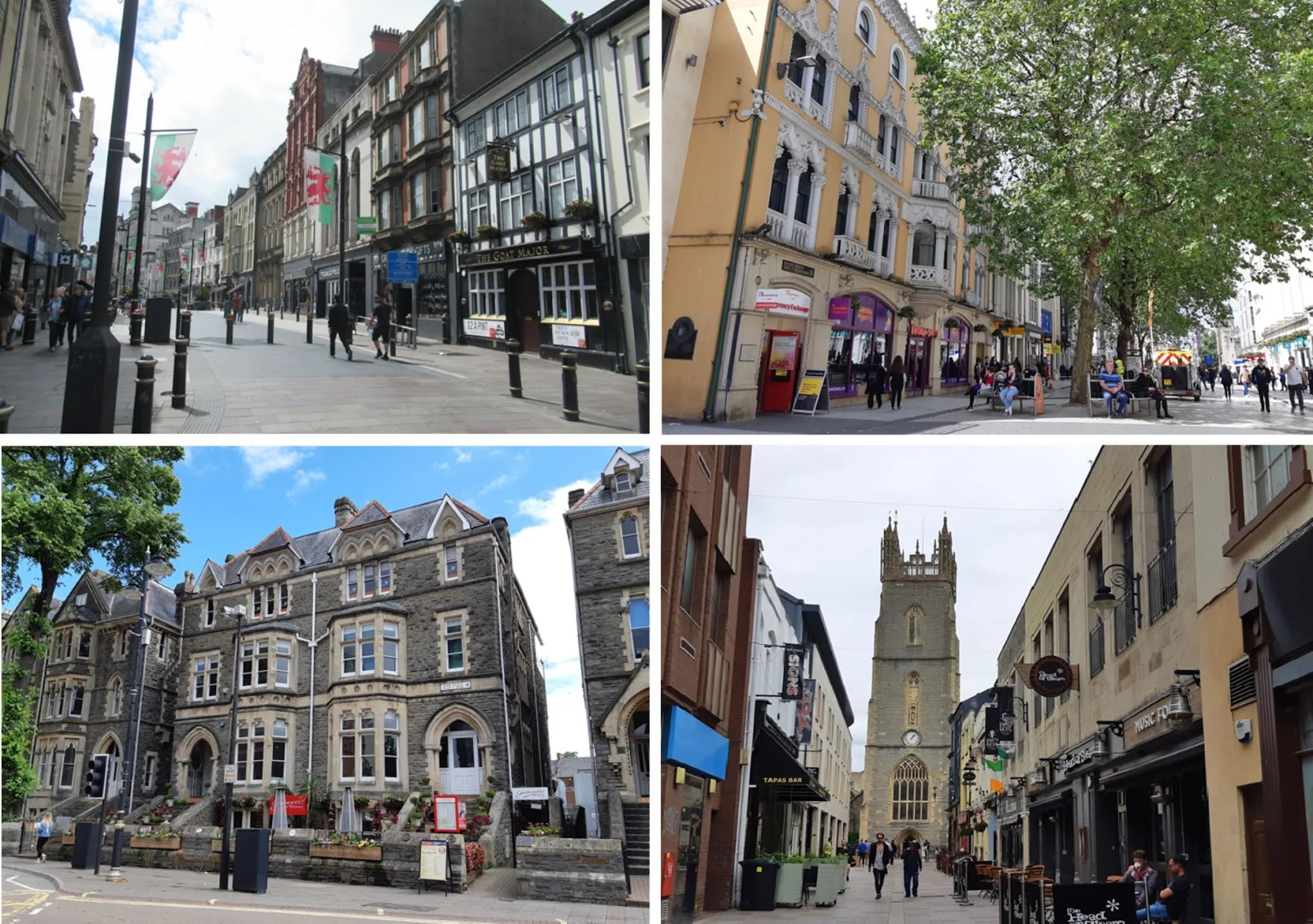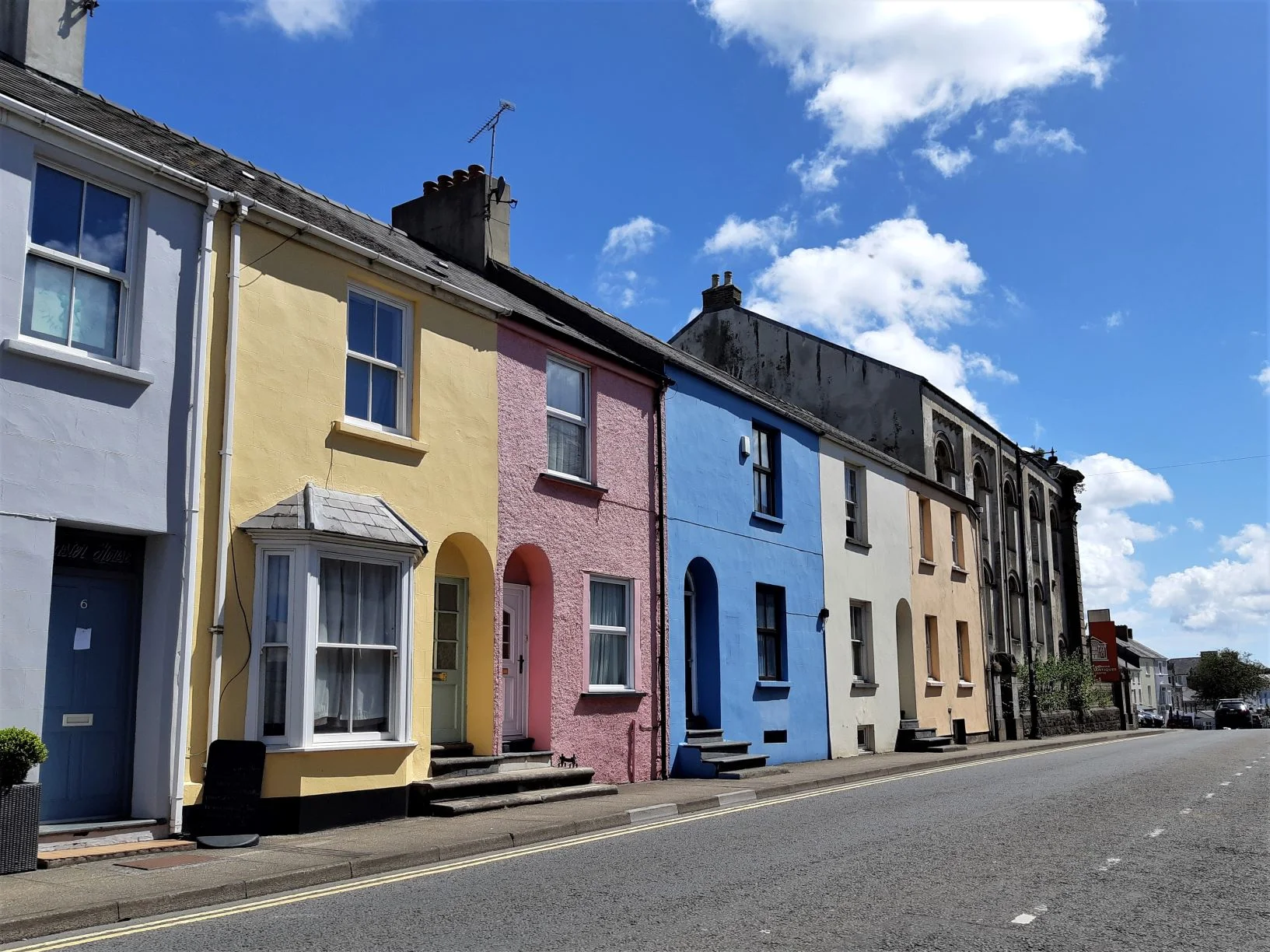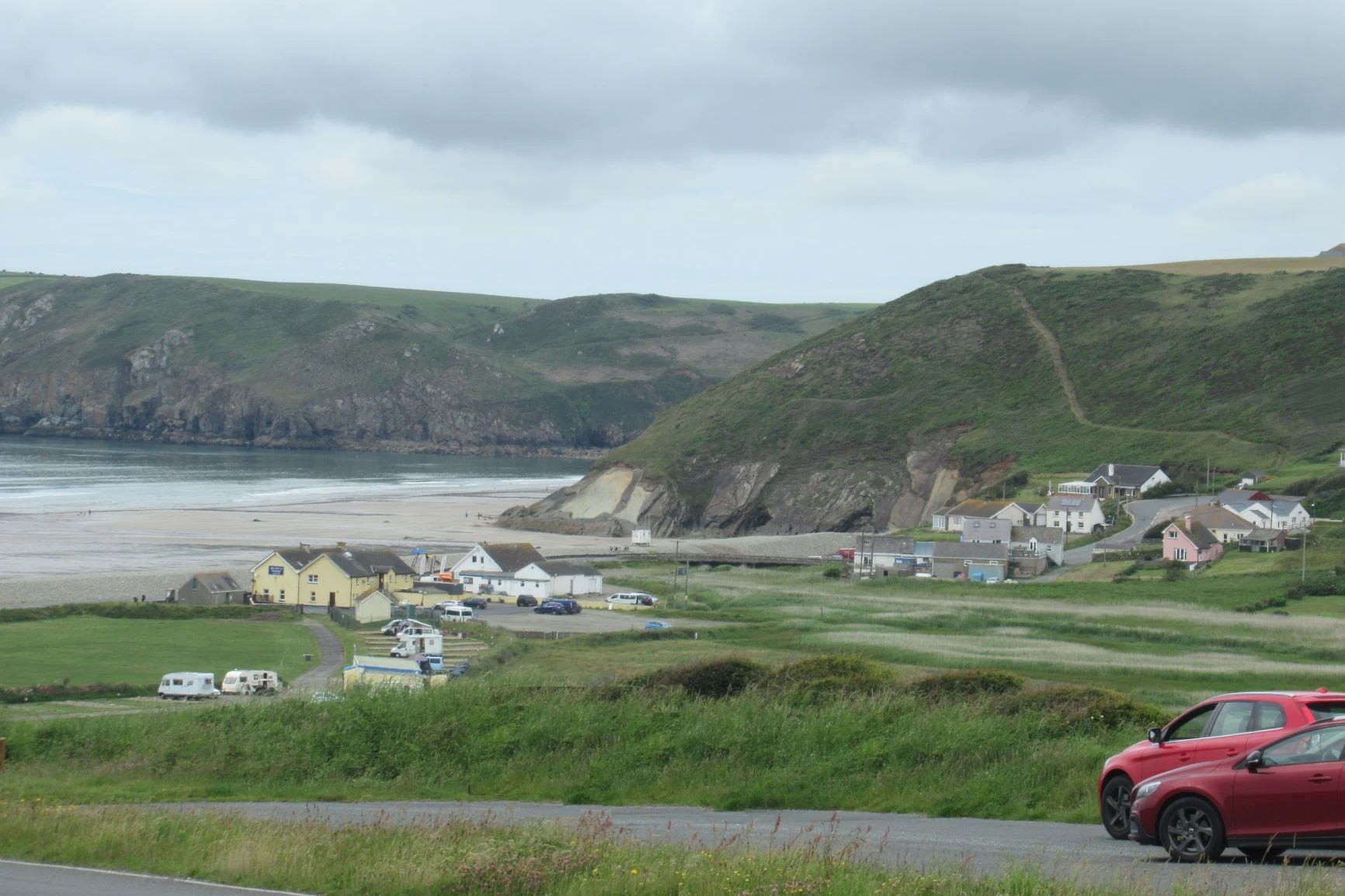Leaving
the Cotswolds in our motorhome Vtee, we headed into southern Wales. Our first stop was the ruins of
Blaenavon Ironworks, a former industrial site which was important in the development and production of cheap iron, for worldwide use.
The
site dates back to 1789. It is now under UNESCO protection as a World Heritage
site, aimed at preserving the Welsh industrial landscape. There
is a wonderful display there that shows how the iron was extracted and
processed.
The
mind boggles at the amount of heat, soot and smoke that was produced in making
the iron.
During
the ironwork’s history, it was decided to house the workers within the main
operational area. Dad,
Mum and the kids all worked there in the smoky, fiery environment.
There
is a row of worker cottages from that time which have now been restored. It was
so interesting.
Our
next stop was Cardiff at Ty Coch Camping. This proved to be a lovely peaceful
camp in a countryside setting.
The
only disadvantage was that we had a 3 mile walk to the main road, to catch the
bus into Cardiff city. And
later, we had a 3 mile walk back at the end of the day. However, the bus ride
itself was quick and interesting.
 |
| The centre of Cardiff, Wales |
Cardiff sits on Cardiff Bay in southern Wales. It is an old city and its origins can be dated back to a small fort built by the Romans in the 1st century CE.
Now-days, it is the capital of Wales and its commercial hub, with an urban population of around 479,000.
We spent a lot of time over the next few days walking around Cardiff.
 |
Cardiff Castle, Cardiff, Wales
|
We
walked along the battlements, and explored the dungeons and many other rooms.
Behind the visitor centre was a piece of the original Roman, wall which was amazingly intact.
Behind the visitor centre was a piece of the original Roman, wall which was amazingly intact.
The
Palace within the fort has beautifully decorated rooms and apartments, which we found fascinating. The whole castle was interesting.
Cardiff
has a nice pedestrian centre and lots of arcades. We
thought it had an interesting mix of architecture, and was a pleasant city to
explore.
After
a good break in Cardiff, we drove on across southern Wales.
On
the way, we visited Castle Coch, a fairy-tale looking castle not far from
Cardiff city centre. It is a
19th century Gothic Revival castle built on the site of one constructed by the
Normans in 1081.
The
interior, like Cardiff Castle, has some beautifully decorated rooms. It was a stunning place to visit with its tall towers and imposing spires.
Keeping
the castle thing going, our next stop was Castle Caerphilly.
It’s
quite different to Castle Coch, and is now a ruin. It sits proudly on a mound
surrounded by a moat, in the centre of Caerphilly village.
As
we drove this southern part of Wales, we passed through lots of countryside and
villages. We
couldn’t help notice how different the houses and villages were compared to
southern England, which appeared much tidier and more affluent.
Then we headed toward the sea and the south-west of Wales. After a while along the coastal road, we arrived at a wee fishing village.
Called
Solva, this village sits in a valley at the mouth of the Solva River which runs into the Celtic Sea.
As we came into Solva, we had noticed signs in the front of houses, offering fresh fish and lobster for sale. We pulled in to one of the houses to check what they had, and luckily, they had some of the day's catch left. We ended up buying fresh lobster tails for lunch, which proved to be very yummy.
 |
| The colourful village of Solva, Wales |
Then we carried
on through pretty Upper-Solva village and along a very narrow road until we reached St David’s, which is the smallest
city in the UK.
After managing to avoid a very skinny bridge, we found
some motorhome-sized parking then had a walk around St David village.
 |
| St David's Cathedral in St David, Wales |
This
is where St David, the patron saint of Wales is buried, and where he founded a
monastery in the 6th century that grew into a cathedral.
The
town is based around the cathedral and the huge Bishops Palace ruin beside it. The ruin is quite amazing, given its age and exposure to the weather.
 |
| Houses in St David's, Wales |
St David's village is very quaint with lots of tiny hilly streets, and attractive houses and shops.
After a look around St David's, we moved on, passing through several small towns and villages, heading toward
Pembroke and our campsite for the night.
Then
our GPS decided it knew an interesting route to this campsite, and took us down a narrow and
overgrown track, instead of the nice wide main road that we found later. Silly
us for trusting it!
After
a nervous deviation, we came around onto the correct road and found our
campsite, Windmill Hill Caravan Park. This
was another peaceful site with very well set out pitches in a pretty location,
and an easy walk into Pembroke city.
 |
| Colourful houses in Pembroke, Wales |
Pembroke is an interesting, walled town dating back 900 hundred years. There are lots of green spaces, and many old and colourful houses and shops along Main Street, which runs the length of the town. It is all very attractive.
The
west end of town is dominated by Pembroke Castle, the birth place of Henry VII, founder of the Tudor dynasty.
It is one of the most complete Norman Castles in the UK, and we found it an amazing place to explore.
It
originally started off as a wood and dirt building, then over the years,
successive owners added turrets and rooms in stone. It is now quite an
impressive structure. There
were so many nooks and crannies to explore; it was great fun.
After
several days in southern Wales, it was time to move on, so we booked a car ferry
to Ireland.
 |
| Ferry from Wales to Ireland |
Getting
on the ferry proved to be a very easy operation, with a smooth drive onto the
boat and comfortable lounges for us to sit in. There
didn’t seem to be too many people on board and the 5-hour crossing passed
quietly and quickly.
After
a bit of a passport check at the other end, we were allowed off the ferry, and drove into Ireland. Our next stopover will be in Wexford, on the south-eastern corner of Ireland.
This is part of a bigger blog on our travels around England, Wales, Ireland, Scotland, Belgium and Luxembourg. The first blog is called "Off to do the UK in a motorhome".






